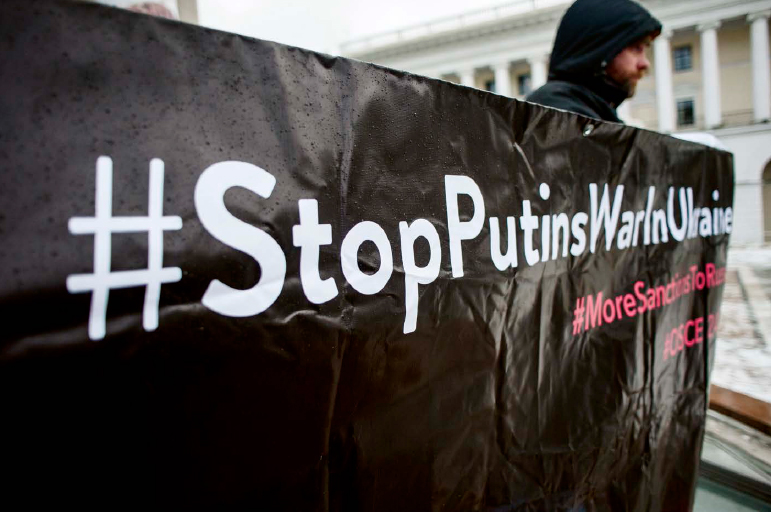Published in 2018 by Cavendish Square Publishing, LLC
243 5th Avenue, Suite 136, New York, NY 10016
Copyright 2018 by Cavendish Square Publishing, LLC
Third Edition
No part of this publication may be reproduced, stored in a retrieval system, or transmitted in any form or by any meanselectronic, mechanical, photocopying, recording, or otherwisewithout the prior permission of the copyright owner. Request for permission should be addressed to Permissions, Cavendish Square Publishing, 243 5th Avenue, Suite 136, New York, NY 10016. Tel (877) 980-4450; fax (877) 980-4454.
Website: cavendishsq.com
This publication represents the opinions and views of the author based on his or her personal experience, knowledge, and research. The information in this book serves as a general guide only. The author and publisher have used their best efforts in preparing this book and disclaim liability rising directly or indirectly from the use and application of this book.
All websites were available and accurate when this book was sent to press.
Cataloging-in-Publication Data
Names: Bassis, Volodymyr. | Dhilawala, Sakina. | Nevins, Debbie.
Title: Ukraine / Volodymyr Bassis, Sakina Dhilawala, and Debbie Nevins.
Description: New York : Cavendish Square, 2018. | Series: Cultures of the world (third edition) | Includes index.
Identifiers: ISBN 9781502627445 (library bound) | ISBN 9781502627377 (ebook)
Subjects: LCSH: Ukraine--Juvenile literature.
Classification: LCC DK508.515 B37 2018 | DDC 947.7 --dc23
Writers, Volodymyr Bassis, Sakina Dhilawala; Debbie Nevins, third edition
Editorial Director, third edition: David McNamara
Editor, third edition: Debbie Nevins
Art Director, third edition: Amy Greenan
Designer, third edition: Jessica Nevins
Production Manager, third edition: TK
Cover Picture Researcher: TK
Picture Researcher, third edition: Jessica Nevins
PICTURE CREDITS
Cover: Tibor Bognar/Alamy Stock Photo
The photographs in this book a raer e used with the permission of: p.
PRECEDING PAGE
The flag of Ukraine.
Printed in the United States of America
 CONTENTS
CONTENTS
UKRAINE TODAY |
1. GEOGRAPHY | Geographical regions Rivers Climate Flora Fauna Administrative divisions Cities |
2. HISTORY | The earliest days Kievan Rus Mongol invasion Seventeenth-century Ukraine Ukraine in the Russian Empire Soviets take power World War IIGerman occupation Time of transition Independence The Orange Revolution Instability and betrayal The Ukrainian Revolution Putin takes Crimea Russia eyes eastern Ukraine |
3. GOVERNMENT | Executive branch Legislature Judiciary Law and order The military Local government |
4. ECONOMY | Change and challenges Crisis in the east Industry Energy Transportation Agriculture |
5. ENVIRONMENT | Waste Air pollution Wildlife Water use and management |
6. UKRAINIANS | Minorities The Tatars Diaspora The national features National dress Ukrainian names |
7. LIFESTYLE | Housing Backyard farming Ukrainian women Family life Education Health care Social services |
8. RELIGION | Early Christianity in Ukraine Soviet years What is Orthodox? Jews Muslims Religion today |
9. LANGUAGE | Ukrainian Written Ukrainian Media Dialects and nonverbal communication Forms of address |
10. ARTS | Religious icons Embroidery Music Dance |
11. LEISURE | At home Sports Travel Alone with nature |
12. FESTIVALS | New Year Christmas International Womens Day Remembering the war Easter Other special days |
13. FOOD | Lean times Breadbasket Filled and stuffed things The whole hog (or cow) Drinks |
MAP OF UKRAINE |
ABOUT THE ECONOMY |
ABOUT THE CULTURE |
TIMELINE |
GLOSSARY |
FOR FURTHER INFORMATION |
BIBLIOGRAPHY |
INDEX |
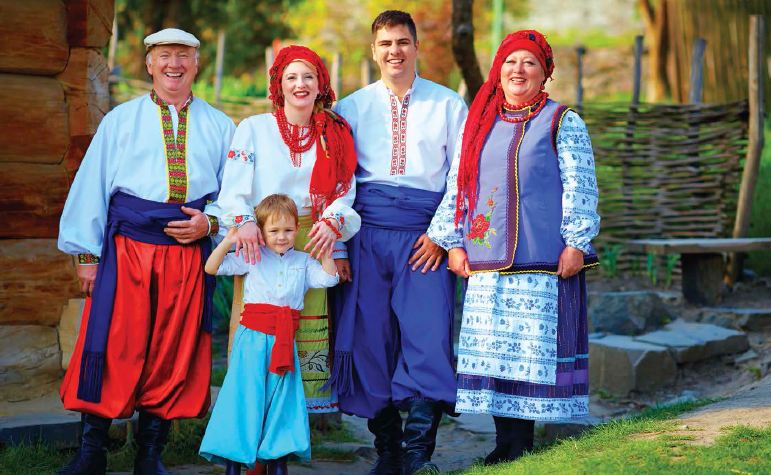
 UKRAINE TODAY
UKRAINE TODAY
R EFORM IS HAPPENING. UKRAINE IS CHANGING. THAT optimistic message is posted front and center on the Ukrainian government web portal. Its an extraordinary statement for a government to makean acknowledgement of past failures and wrongs. For anyone familiar with Ukraine, the reference is clear. Ukrainians have little trust in their governmentwith good reason, considering its reputation for corruption and the alarming events of recent history.
The second part of the statement above is certainly true, though perhaps not in the way the Ukrainian government intended. Physically, Ukraine recently lost control of some of its territory to Russiain 2014, Russia invaded Ukraines Crimean Peninsula and claimed it as its own. Although Ukraine, the United Nations, the United States, and most of the international community continue to view Crimea as belonging to Ukraine, it seems doubtful that Russia will give up its claim.
Ukraine had a short moment of independence in 1919, but has spent most of its recent history under Russian rule. Therefore, Russias aggression in Ukraine in the twenty-first century might stem from a certain sense of entitlement. Russian President Vladimir Putin explained he took over Crimea to protect the interests of the ethnic Russians living there. Alternatively, he might simply have taken back what he thought of as Russias rightful property, mainly because he could. Who or what was there to stop him?
In January 2017, an activist in Independence Square in Kiev demands the president of Russia remove troops from Eastern Ukraine.
As if losing Crimea wasnt bad enough, Ukraine has been fighting an ongoing war with Russian separatists in eastern parts of the country since 2014. At this writing, it seems possible that Russia could also take that region, despite a peace treaty negotiated in 2015 called the Minsk Agreement. Russia continues to deny involvement in the hostilities, but evidence suggests otherwise. With its powerful Russian neighbor looming, Ukraine is under a great deal of pressure.
To understand Ukraine today, its necessary to step back and see the bigger picture. Ukraine is a big country in Eastern Europe. It borders Russia to its north and east, and the Black Sea to the south. It also borders Romania, Moldova, Hungary, Slovakia, Poland, and Belarus. Its capital Kiev (also spelled Kyiv) is located on the Dnieper River in the north central part of the country. In terms of area, Ukraine is the largest country in Europe, not counting the vast part of western Russia that lies in Europe. (The Russian Federation spans two continents, Europe and Asia.) But Ukraine is not the most populous country in Europe. That distinction goes to Germanyagain not counting the European part of Russiaand Ukraine falls to seventh- or eighth-largest, depending on sources.

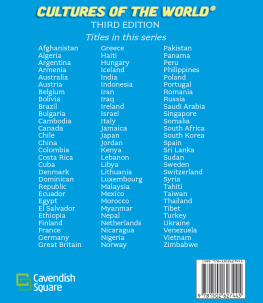
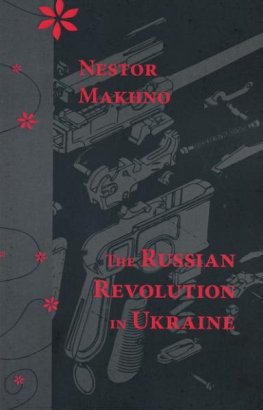
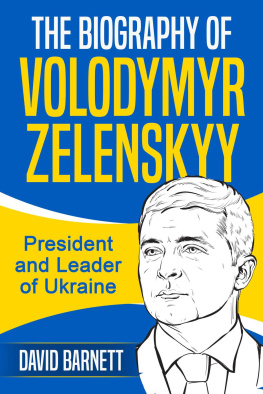
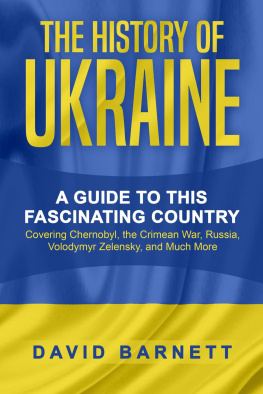
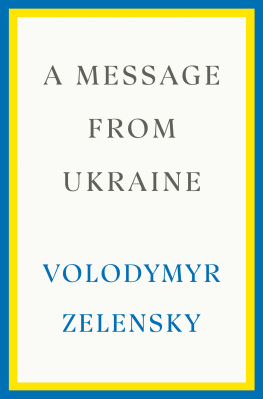
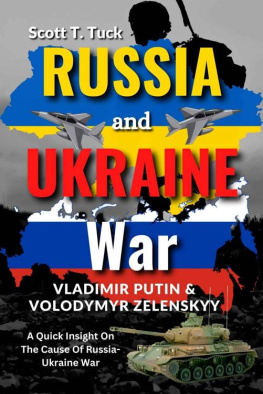
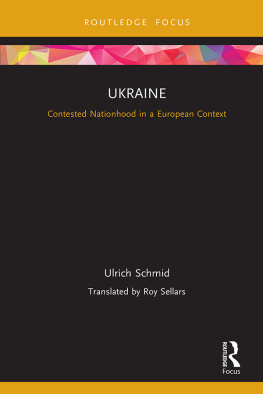
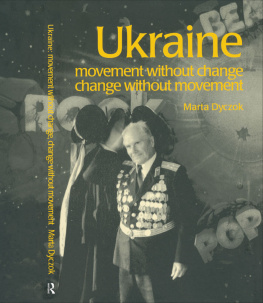

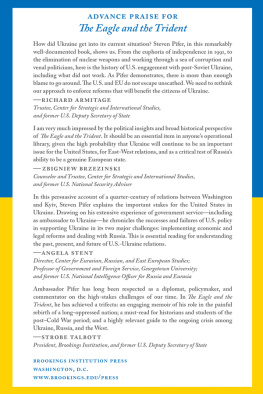
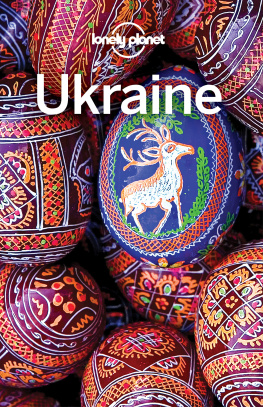

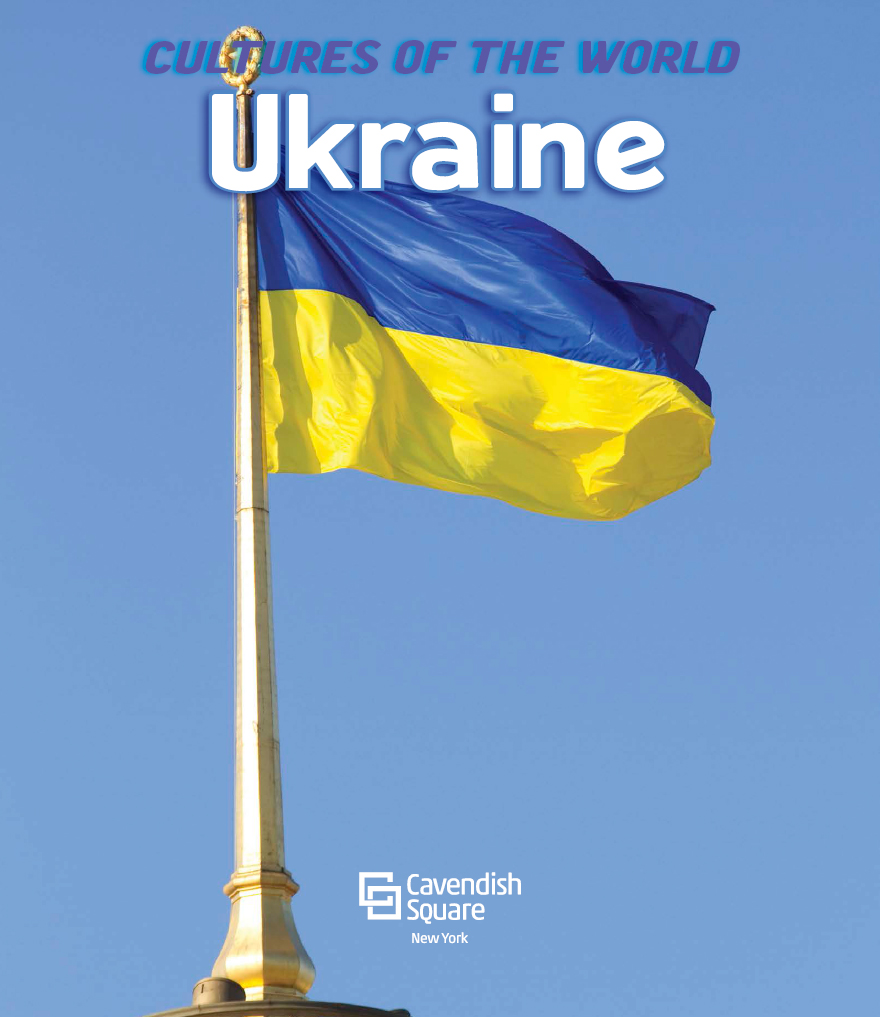

 CONTENTS
CONTENTS
